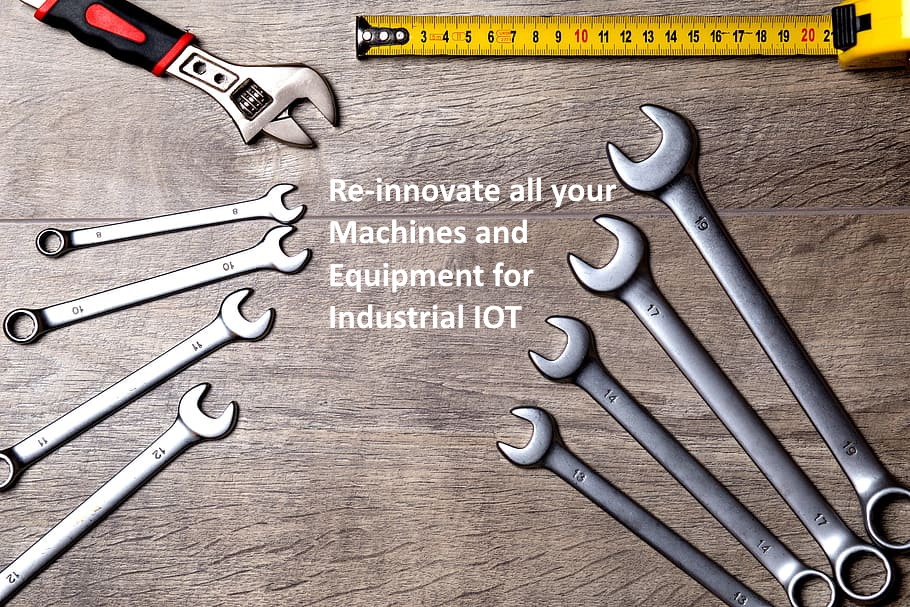
Condition monitoring is the process of monitoring a parameter of condition in machinery, in order to identify a significant change which is indicative of a developing fault. It is a major component of predictive maintenance.
Availability of advanced electronics and software in powerful instrumentation, computers and digital signal processors has simplified and extended our ability to control and analyse machinery. Automated systems allow continuous condition monitoring of certain critical items of plants. Significant benefits can be derived from applied monitoring. Measurement and control systems allow early alarming avoids unplanned downtime of machinery and equipment. We can achieve greater plant efficiency by reducing losses due to breakdown and replacement costs.
Critical machines that should have a high availability need to be monitored continually but we need to figure out a way of deciding which parameters should we monitor.
The parameters to be monitored are essentially those that affect operations and maintenance scheduling. Currents and voltages, coolant temperatures, bearing vibration levels, have been measured and will continue to be used. Generally speaking; before some period of time from breakdown, energy consumption of the machine increases. Such patterns can be discovered by machine learning and by further analysis of data but for the sake of the article we are only focusing the first phase, condition monitoring.
Notice that we monitor our equipment ,monitor the condition to preserve and or prevent catastrophic failure. This is great because breakdowns can be frustrating. But condition monitoring doesn’t improve reliability on its own. Improving reliability involves taking a proactive approach and considering root causes of the problem.
All in all,wearing multiple hats and changing perspective will help us make us of condition monitoring excellently. If you like the article and follow up our industrial iot articles you can navigate from Industrial Iot Dictionary
 Most people in the industry is talking about big data, deep learning, machine learning, artificial intelligence, data science and digital twin. We need to keep in mind that all of these studies have a single prerequisite, accurate data collection. We can have all the best technology in the world but if we don’t have the data to send to these systems we are not going to get anything.
Most people in the industry is talking about big data, deep learning, machine learning, artificial intelligence, data science and digital twin. We need to keep in mind that all of these studies have a single prerequisite, accurate data collection. We can have all the best technology in the world but if we don’t have the data to send to these systems we are not going to get anything.